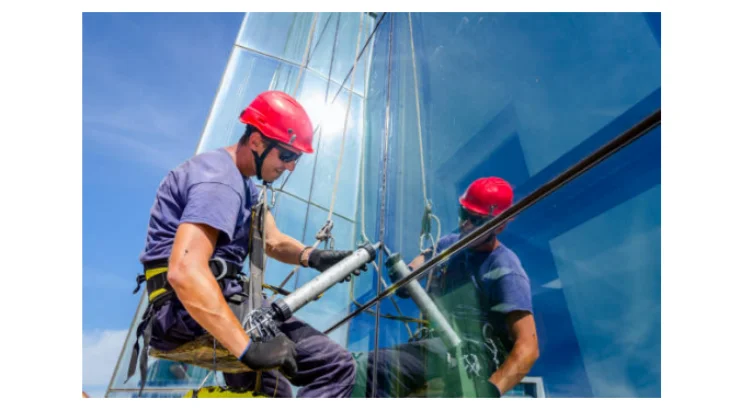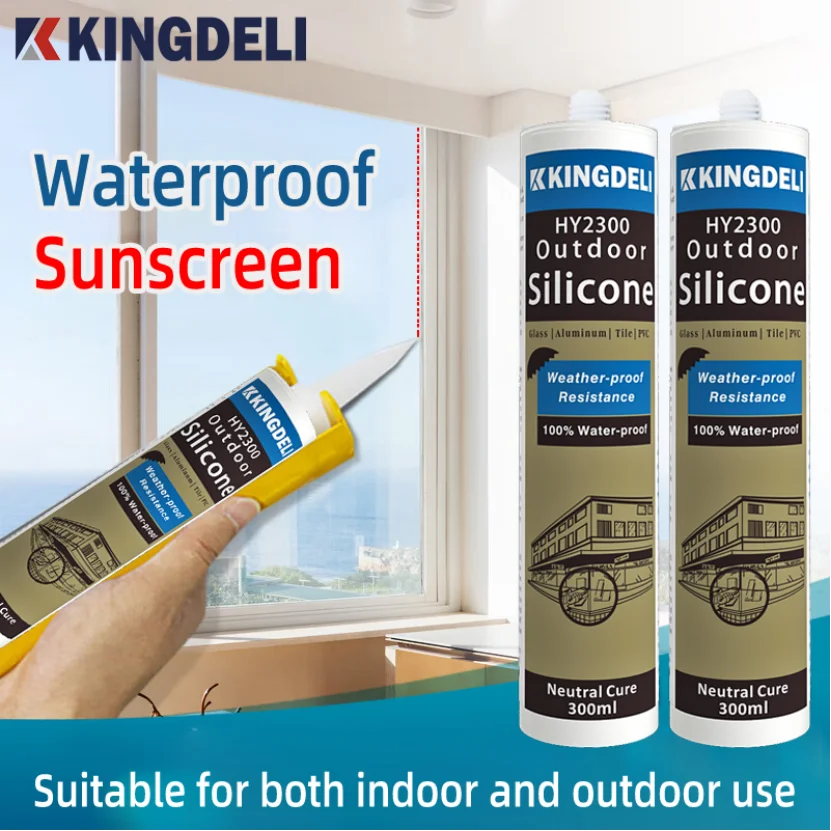How to Choose the Better Insulating Glass Secondary Sealant?

Key Factors to Consider When Selecting a Secondary Sealant for Insulating Glass
Importance of Sealant Performance in Long-Term Durability
Picking a secondary sealant for insulating glass (IG) units is a big deal! It’s only a small part of the cost, but it’s super important for keeping IG units strong and working right for years. A good sealant holds glass panes and spacers together tight. It stops water from sneaking in, keeps gas from leaking out, and prevents the whole thing from breaking down.
When IG units face tough stuff like wind or weight, a solid sealant keeps everything sealed up nice. It also makes sure the structure stays strong. So, you gotta pick a sealant that can handle rough weather and still do its job.
Compatibility with Insulating Glass Materials and Structures
The sealant has to play nice with other IG parts, like butyl primary sealants, spacers, and desiccants. If you pick the wrong one, even a fancy sealant can mess up your IG unit. For example, some silicone sealants don’t mix well with butyl rubber. That can cause early breakdowns.
For doors, windows, or regular curtain walls, you can use silicone sealant, polysulfide sealant, or polyurethane sealant. Knowing what your project needs helps you pick the right glue. It’s all about matching the sealant to the job!
Resistance to Environmental Stress and UV Exposure
Sealants deal with all kinds of craziness—hot and cold swings, wet air, sun rays, and physical bumps. Polysulfide and polyurethane sealants aren’t great at handling UV light. If they sit in sunlight too long, they might come unstuck. So, UV resistance is a must for sunny spots.
Silicone sealant is awesome at fighting UV rays but lets gas sneak through more. Polyurethane sealants, like clear polyurethane sealant, are champs at blocking water but need shade unless they’re made special for UV. Pick what fits your project!
For example, HY-2300 0utdoor Neutral Silicone Sealant is not only UV-resistant, but also suitable for various glass installations and weatherproof projects. After curing, it can still maintain good performance within the range of -50℃~+150℃.

Comparing Silicone Sealant and Polyurethane Sealant for Insulating Glass
Characteristics of Silicone Sealant in Insulating Glass Applications
Silicone sealant is made with polysiloxane as the main stuff. Its Si—O bond energy (444KJ/mol) is super high—higher than UV energy (399KJ/mol). That gives silicone sealant awesome heat resistance (-60°C to 200°C), weather-proofing, and UV protection. It’s perfect for hidden-frame curtain walls or point-supported systems where the sun’s always shining.
But here’s the catch: silicone sealant lets gas through too easily. That’s not great for keeping gases like argon inside IG units for a long time.
Advantages of Using the Best Waterproof Polyurethane Sealant
polyurethane sealant, like Kingdeli’s HY-924 Polyurethane Adhesive For Windshield, is a pro at blocking water vapor and argon gas. For indoor spots or shaded areas—like inside walls or shaded windows—HY-924 sticks like crazy and keeps moisture out. It’s also bendy, so it moves without cracking. That makes it super trusty for tough jobs.
When to Choose Clear Polyurethane Sealant Over Other Options
Clear polyurethane sealants are particularly beneficial in aesthetic-sensitive projects where visibility matters. For example:
Frameless windows
Decorative partitions
Display cases
Minimalist architecture
Kingdeli’s Clear Polyurethane Sealant is strong and see-through. It blends right into clear surfaces while keeping water out—a rare mix for old-school, cloudy sealants.
Performance Analysis of Clear Polyurethane Sealant in Insulating Glass Units
Clarity and Aesthetic Benefits for Architectural Projects
In fancy modern buildings, clear adhesives keep joints looking clean and sharp. It is super clear and holds strong. Plus, it’s perfect for high-end homes or offices that want to look slick without losing toughness.
Moisture Resistance and Thermal Stability in Harsh Conditions
Clear polyurethane sealant can keep water vapor out even when it’s super hot. That’s great for places with wild weather changes. It sticks tight to stuff like aluminum spacers or treated glass, making it useful beyond just looking good.
Adhesion Strength and Flexibility Under Temperature Variations
Polyurethanes are naturally stretchy. They handle hot and cold shifts without cracking or peeling. Kingdeli’s HY-927 High Strength Polyurethane Adhesive stays solid through all the seasons, keeping building joints safe and sound.
Choosing Best Clear Polyurethane Sealant for High-Visibility Applications
Ideal Use Cases for Frameless or Minimalist Window Designs
Clear polyurethane sealant, like HY-924, is awesome for frameless windows where joints show inside and out. It hides ugly seams while holding up against wind or pressure.
Long-Term Transparency Without Yellowing or Degradation
Clear adhesives can turn yellow from sun exposure. If the joint sits in sunlight too long, it might come loose. That’s why picking a sealant with anti-yellowing stuff is key. Kingdeli’s clear polyurethane line has stabilizers to keep it clear under moderate UV light—perfect for indoor use or with protective coatings.
Frequently Asked Questions (FAQ)
What makes clear polyurethane sealants different from regular ones?
A: Clear polyurethane sealants offer optical transparency while maintaining strong adhesion properties. They’re ideal for applications where aesthetics matter as much as functionality—such as frameless windows or decorative panels.
Can I use clear polyurethane sealants outdoors?
A: While some formulations include UV stabilizers, most clear polyurethane adhesives are best suited for indoor use or areas shielded from direct sunlight due to their limited UV resistance compared to silicone options.
How does polyurethane compare with silicone in terms of gas retention?
A: Polyurethane generally offers better gas barrier properties than silicone due to lower permeability rates—making it more effective at retaining inert gases like argon within IG units over time.
Why should I avoid low-cost secondary sealants?
A: Some manufacturers sacrifice product performance when reducing costs…which may cause safety hazards or even lead to quality accidents. Always choose certified products from reputable brands like Kingdeli that meet industry standards across all performance metrics—from adhesion strength to environmental resistance.
From the foundation in 1998 to now, Kingdeli has become a modern large scale sealant, adhesive and coating manufacturer, in Foshan, China. The factory covers 66,000 square meters with an annual output capacity of 100,000 tons supported by advanced automated production lines. Contact us today!
